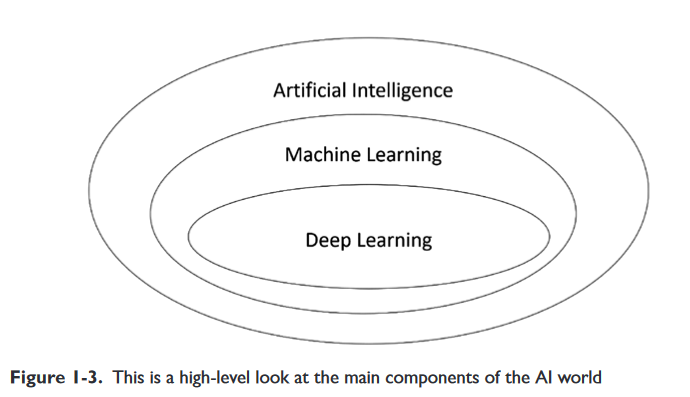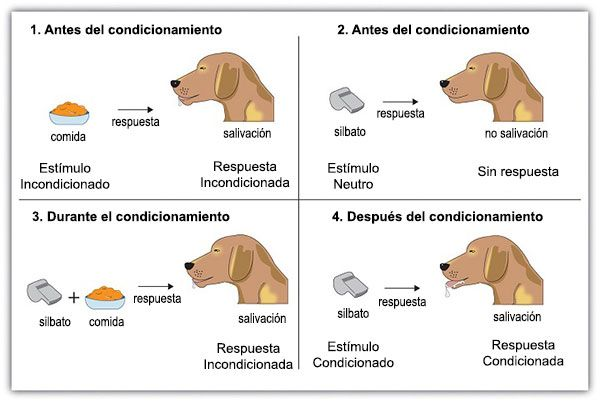In 1936 Alan Turing published his paper called “On Computer Numbers”. In this paper Alan laid the four pillars of computing which later became known as the Turing Machine. What Alan always wondered was, how to define machine intelligence. With this he created the Turing test. Which consists of a person and a machine, with an evaluator asking open questions and the evaluator must determine who is the machine.

En teoría se puede dividir a la Inteligencia Artificial en diferentes Capas las cuales son:

How does a machine learn?
The first thing is to know how humans learn.
- Classical conditioning is the simplest form of learning known. This type of learning was discovered by the Russian physiologist Ivan Petrovich Pavlov, when he was studying the digestive processes of dogs. Pavlov noticed that dogs began to salivate in anticipation of the presence of food.Pavlov conducted numerous experiments based on these observations and thus developed a conditioning methodology he called classical or response conditioning.

From this we can know what happens in the neuron when it learns:
For example in the following image we have the model of a neuron with its input and output impulses. In our life we learn by means of Pavlov’s learning model of conditioning by means of positive and negative reinforcement. In the neuron you can see that our senses play a very important role in the learning of the neurons. If you notice there is an empty square at the entry points of the neuron these represent the memory in which there is no memory with fire. So the eyes see something bright, the nose smells toasty, our touch feels something strange, and there is no memory. So the most normal thing will be to want to touch it, what happens is that we generate a negative memory of touching the fire. Our brain works with this learning circuit.


Machine Learning
So a machine learns in the same way as we do, however the way it learns can be divided into three:
- Supervised In this model of learning is when you know what will be the result to the questions and can check if you have learned them. Like in school when you study for an exam.
- Unsupervised This is when we work with data that we don’t know what the result is and there are no labels. In other words it is when we have a lot of data and we must find patterns in that data. Or when we have a lot of friends and we have to choose them for assignments.
- By Reinforcement Here is like when you teach a new trick to your dog.
Deep Learning
Like the neuron in the previous example, there is a model of an artificial neuron that can be used to make a complete learning circuit in computers. In question the model looks like this.

As in the previous example, you have inputs and outputs. And in the internal layers it has many neurons connected to each other in order to reach the expected result. What makes this model modifiable so that it can learn is that each neuron input has weights which are modified with learning.